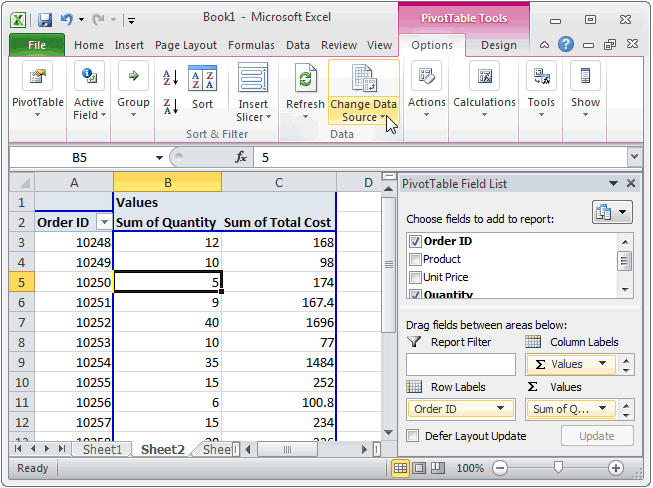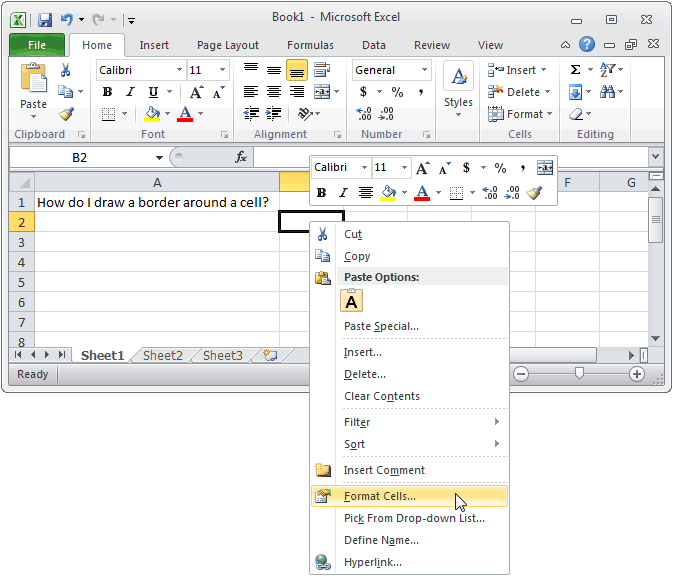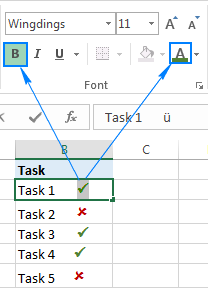

That’s it! You’ve create a dual-axis chart in Excel with overlapping bars on the primary axis and a line on the secondary axis.
 Choose the Border Styles option, change the Width to 10pt (or whatever floats your boat) and change the Cap type to Flat and the Join type to Miter. Choose the Border Color option, select Solid Line and set the color to the same color as the bar (in my case, light gray). Give the bars the “overlap” look (these are the most important steps to give the bars the proper) by right-clicking on the gray bar (i.e., the bar that’s in the first column of the table) and choosing Format Data Series. Remove the gridlines (important…I’ll explain in a bit) and add the axis labels (I hate it when people create dual-axis charts in Excel and don’t add the axis labels!). The two bars on the primary axis now completely overlap each other. Right-click on one of the bars that are on the primary axis and choose Format Data Series. With the bars on the secondary axis still highlighted, from the Chart Tools Design menu, change the Chart Type to a line. Change the Plot Series On option to Secondary Axis. Right-click on one of the bars that you want on the secondary axis and choose Format Data Series. Change the bar and line colors if desired. Highlight your data, insert a 2-D clustered column chart.
Choose the Border Styles option, change the Width to 10pt (or whatever floats your boat) and change the Cap type to Flat and the Join type to Miter. Choose the Border Color option, select Solid Line and set the color to the same color as the bar (in my case, light gray). Give the bars the “overlap” look (these are the most important steps to give the bars the proper) by right-clicking on the gray bar (i.e., the bar that’s in the first column of the table) and choosing Format Data Series. Remove the gridlines (important…I’ll explain in a bit) and add the axis labels (I hate it when people create dual-axis charts in Excel and don’t add the axis labels!). The two bars on the primary axis now completely overlap each other. Right-click on one of the bars that are on the primary axis and choose Format Data Series. With the bars on the secondary axis still highlighted, from the Chart Tools Design menu, change the Chart Type to a line. Change the Plot Series On option to Secondary Axis. Right-click on one of the bars that you want on the secondary axis and choose Format Data Series. Change the bar and line colors if desired. Highlight your data, insert a 2-D clustered column chart. 
I perused the internet and didn’t find anyone else that had done this (I’m sure people have done it, but haven’t shared their work), so I wanted to share it with anyone that may need to do it in the future.Ī sample Excel workbook can be found here (if your corporate network blocks Dropbox, send me an email and I’ll forward it to you). There’s no standard chart design within Excel to accommodate this, which meant I had to come up with a workaround. It’s easy enough to create a dual-axis chart in Excel, if you want the bars side by side. Well, I really didn’t HAVE to create the chart in Excel, but others needed to be able to update the chart and they, gasp, don’t have a Tableau license. Tableau makes this task incredibly easy, but I needed to do this in Excel. I needed to create a dual-axis chart, with two bars on the primary axis and a line on the secondary axis. I came across a challenge last week while working on a project.







 0 kommentar(er)
0 kommentar(er)
